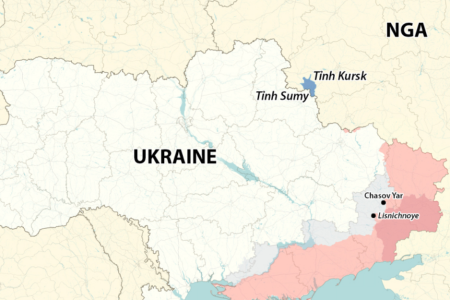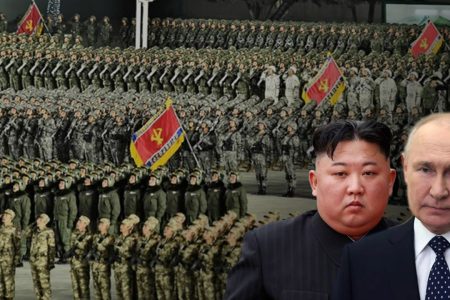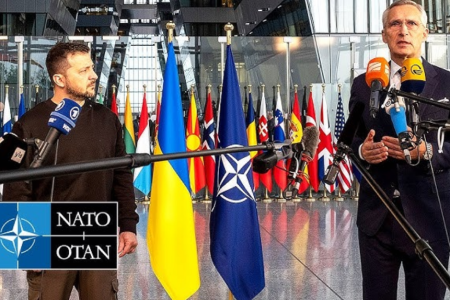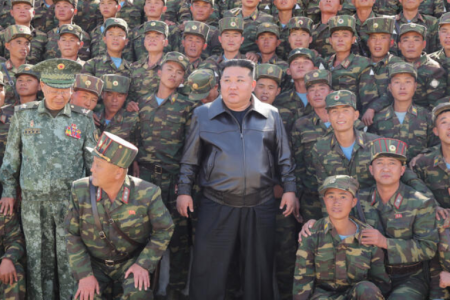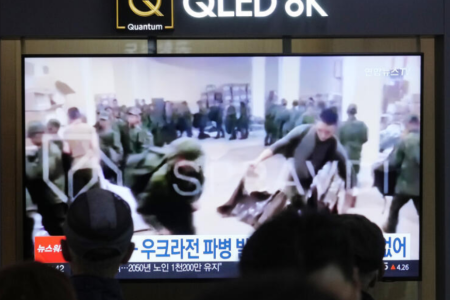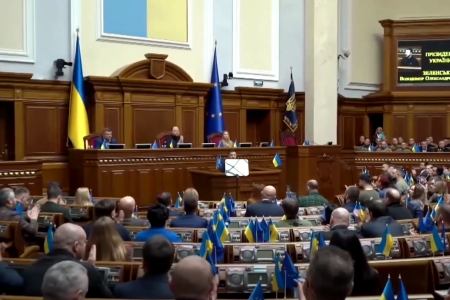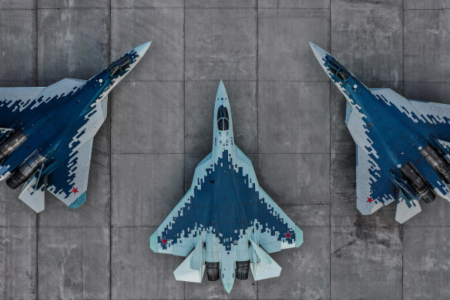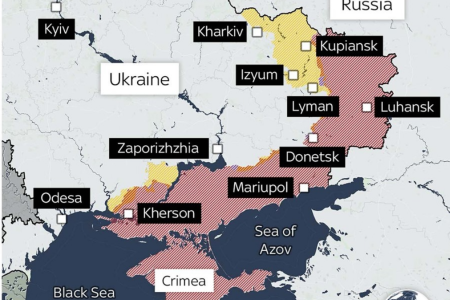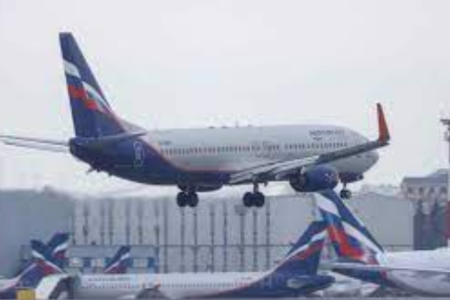
Taiwan’s navy has deployed one of its two most advanced submarines in naval exercises in the Truong Sa (Spratlys), a report by Taiwan’s Ministry of National Defense said. However, the report did not specify when these drills took place.
Published on Tuesday, Taiwan’s Defense Report 2021 said that Hai Lung (Sea Dragon) submarine of the country’s 256th Fleet has successfully participated in a number of operations including ing “air and naval missile firing drills, Whale Hunting (Lie Jin) drills, periodic patrols and tactical operations in the Spratlys, and combat readiness patrols and drills) exercise of Hai Qiang anti-submarine.”
This report does not specifically mention the timing and frequency of the drills. However, because this is the defense report for 2021, observers believe that these exercises are likely to have taken place within the past 12 months.
Dongsha Island (Pratas) and Itu Aba island controlled by Taiwan are two of the largest islands in the South China Sea. Taiping is the largest of the natural islands in Spratlys – what Taiwan calls the Nansha archipelago. Three other countries, China, Vietnam, and the Philippines also claim the archipelago.
Although news of Taiwan’s submarine maneuvers has been widely reported by regional media, the countries that claim sovereignty over Spratlys have yet to respond.
Before that, Vietnam has repeatedly protested against Taiwan’s military activities on Taiping Island, saying that these activities have “infringed on Vietnam’s sovereignty and increased tensions in the East Sea [South China Sea].”
“Honestly, I’m not surprised by the revelation,” said Collin Koh, a scholar who studies Taiwan’s submarine program at Singapore’s S. Rajaratnam School of International Studies.
“Anyway, Taiwan Navy submarines will also carry out peacetime missions in the Spratlys because Taiwan has significant possessions in the disputed area,” the researcher said.
“Once there’s war in the Taiwan Strait, I believe Taiwanese defense planners will also want to make sure that the country’s southern flank is actually safe,” Koh added.
China considers Taiwan a breakaway province while Taiwan is currently self-governing and considers itself a sovereign state.
Self-built submarine program
According to Koh, Taiwan’s submarines are capable of “conducting surveillance of the People’s Liberation Army (PLA) and military forces of other countries that also have claims to Spratlys; gather intelligence and even conduct training to enhance combat capabilities in preparation for various conflict situations.”
“The Department of Defense report is just confirmation of these logical actions,” he said.
News of Taiwan’s submarine activity comes at a time of growing tensions between China and Taiwan. Taiwan’s defense report dedicates an entire 12-page chapter to summarizing China’s major military threats to the island nation and points out that China has “never given up on the use of force against Taiwan.”
To prepare for that, the report highlighted the importance of strengthening Taiwan’s underwater military capabilities including “purchasing a new generation of submarines and upgrading the combat system for its existing Sea Dragon class submarines.”
Taiwan has a total of four submarines, two of which date from World War II, and are among the world’s oldest submarines still in service. These ships have been transferred by the US since the 1970s. The other two are submarine Hai Lung coded SS-793 and Hai Hu coded SS-794 bought from the Netherlands in the 1980s.
According to Koh, although Taiwan’s two submarines “were very modern at launch, the PLA Navy’s increasing anti-submarine warfare capabilities mean that they are rapidly becoming out-of-date.”
Taiwan kicked off its Indigenous Defense Submarine Program in November 2020 at a new submarine factory in Kaohsiung, a southern port city. Taiwanese President Tsai Ing-wen posted the news on Twitter.
Taipei aims to buy eight diesel-electric submarines at an estimated cost of $16 billion. In April this year, Taiwan’s Ministry of National Defense revealed that “the US and important countries in Europe provide support” to build new submarines.
A month earlier, the US had approved the export of sensitive technology, including three main types of equipment: digital sonar systems, integrated combat systems, and auxiliary equipment systems (periscopes). hope) for this fleet.
Leyi Qi, a Taiwanese military analyst, and contributor to Radio Free Asia, warned that Taipei would need to carefully monitor its moves because the risk of escalation in the South China Sea is very high.
“Chinese People’s Liberation Army submarines are operating nearby and there are Vietnamese Kilo-class submarines operating near Spratlys,” Qi said.
Vietnam purchased six diesel-electric Kilo-class submarines from Russia at a cost of $3.2 billion. The last of these six ships were delivered in 2017.
Meanwhile, China is believed to have about 70 submarines, including 12 nuclear-powered submarines. According to the US Office of Naval Intelligence, China’s number of nuclear submarines is likely to grow to 21 by 2030.
Thoibao.de (Translated)
Source: https://www.rfa.org/vietnamese/in_depth/taiwan-deploys-submarine-to-scs-11122021111252.html



